Buyeo Sky Banner (부여하늘날기)
17.9Km 2025-10-28
12 Seongwang-ro 173beon-gil, Buyeo-gun, Chuncheongnam-do
Buyeo Sky Banner is the only place that offers free-flying hot air balloon ride in Korea and was designated as one of the top ten themed travels by Korea Tourism Organization. Buyeo is a rural region considered ideal for flying hot air balloons due to its relatively low mountain terrains. The balloons fly a distance of seven to eight kilometers over the Baengmangang River, offering a bird's-eye-view of Buyeo and the Geumgang River as well as the many historical heritages from the Baekje period.
Buyeo Market & Baengmagang Moonlight Night Market (부여장 (5, 10일) / 백마강달밤야시장)
17.9Km 2024-07-03
12 Seongwang-ro 173beon-gil, Buyeo-eup, Buyeo-gun, Chungcheongnam-do
Buyeo Market is a 5th-day market that opens every month on the 5th, 10th, 20th, 25th, and 30th or 31st (last day) of the month in the Gua-ri area of Buyeo-gun, Chungcheongnam-do. The market is regularly within the permanent market area spans over 9,693 ㎡. The market is visited by 2,000 customers on a daily basis and offers a wide variety of goods such as grain products, general supplies, fruits, and more. On Fridays and Saturdays, Baengmagang Moonlight Night Market takes place in the evening from 18:00 to 23:00. Visitors will find a charming stage and diverse food vendors equipped with tables and seats.
Donamseowon Confucian Academy [UNESCO World Heritage] (돈암서원 [유네스코 세계문화유산])
17.9Km 2021-06-22
26-14, Im 3-gil, Nonsan-si, Chungcheongnam-do
+82-41-736-0096
Donamseowon Confucian Academy was built in 1634, originally 1.5 kilometers away from its current location. It received a royal charter in 1660 and relocated to its current location in 1880 due to flooding problems. The academy's main gate, Ipdeokmun Gate, is made up of three entrance doors. Once inside, Yangseongdang Hall can be seen facing the main gate, with Eungdodang Hall to the left. Ancestral rites take place every February and August at Jungjeong Hall. Inside the academy is a shrine that houses the ancestral tablets of four prominent scholars who taught at this institution - Kim Jang-saeng, Kim jip, Song Jun-gil, and Song Si-yeol. Among the academies that served Kim Jang-saeng and his teachings, Donamseowon is considered the most important and influencial.
Nakhwaam Rock (낙화암)
18.0Km 2021-09-14
Bukpo-ro, Buyeo-gun, Chungcheongnam-do
+82-41-830-2880
Nakhwaam is a rock cliff towering over Baengmagang River in the northern end of Busosan Mountain. According to the legend, this is where the royal court women of Baekje jumped off to kill themselves when the kingdom of Baekje was defeated during the invasion of Sabiseong Fortress (now Busosanseong Fortress in Buyeo) by the Shilla-Tang Alliance. The name of this rock, Nakhwaam, literally means "the cliff of falling flowers" and symbolizes the fidelity and loyalty of Baekje women.
Archaeological Site in Gwanbuk-ri and Busosanseong Fortress [UNESCO World Heritage] (관북리유적과 부소산성 [유네스코 세계유산])
18.0Km 2024-02-29
Gua-ri & Gwanbuk-ri, Buyeo-eup, Buyeo-gun, Chungcheongnam-do
+82-41-830-2880
Archaeological Site in Gwanbuk-ri and Busosanseong Fortress are historical sites dating back to the Baekje period (BC 18-AD 660), when they served as the capital from 538 to 660 AD. Archaeological Site in Gwanbuk-ri functioned as the royal palace where the king resided and governed during peacetime, while Busosanseong Fortress served as a defensive wall for wartime preparedness. Many Baekje historical relics have been excavated from these sites, and there is a virtual experience center called Sabido Fortress for visitors to explore, along with guided tour services available.
Kudurae Dolssambap (구드래돌쌈밥)
18.2Km 2024-03-28
31 Naruteo-ro, Buyeo-eup, Buyeo-gun, Chungcheongnam-do
+82-41-836-9259
Kudurae Dolssambap is situated on the Goodtrae Food Street in Buyeo, the historic capital of the Baekje kingdom. The restaurant is renowned for its dolssambap - a nutritious set meal consisting of rice cooked in a hot stone pot, accompanied by a selection of vegetables and side dishes. This signature dish emphasizes the use of medicinal plants and vegetables, promoting a wholesome dining experience.
Iksan Godori Standing Stone Buddha (익산 고도리 석조여래입상)
18.2Km 2024-04-07
Donggodo-ri, Geumma-myeon, Iksan-si, Jeonbuk-do
+82-63-859-5792
Iksan Godori Standing Stone Buddha is Treasure No. 46. The two Buddha statues (each measuring 424 cm) stand face-to-face at a distance of 200 meters apart and tell the story of an eternal, but unrequited love.
According to legend, the two Buddhas (one male, one female) are lovers that can only meet for one night in the twelfth month of the lunar calendar. After the sunset on that special day, the lovers are allowed to meet, but must return to their respective positions before the rooster crows at dawn.
The two statues are very representative of the Goryeo era, which produced many stone statues with minimal expression of the physical body. True to the era, each Buddha has almost no curves and is depicted with plain clothing and barely distinguishable arms.
On their heads, the Buddhas wear a crown topped with another square hat. With their square faces, small eyes, pug noses, and small lips, the Buddhas are reminiscent of guardian deities typically placed at the entrance of villages.
Gudeurae Park (구드래조각공원)
18.4Km 2025-03-22
60, Naruteo-ro, Buyeo-gun, Chungcheongnam-do
+82-41-830-2880
Located at the western end of Busosan Mountain along the Baekma River, the Gudeurae region boasts beautiful scenery and a well-developed sculpture park. The port in the region acted as an entrance to the Sabi Castle during the Baekje dynasty and today serves as a dock for the cruise ship that travels up and down the Baekma River. Restaurants serving delicious regional cuisine are located near the dock, making the area a recommended tourist location for visitors who are looking for a combination of natural beauty and flavorful culinary delights.
Gudeurae was designated a Korea tourist region in 1985. Following the official designation, a sculpture park housing 59 sculptures was established in the area. Thirty of the works of art were crafted by sculptors residing in Gudeurae who are known for skills that have been handed down from artists dating back to the Baekje Period. The other 29 pieces are from Korean and overseas artists who participated in the International Modern Sculpture Symposium in 1999. The sculptures bring about a sense of beauty that reflects the region’s history as well as modern art, making the park a popular tourist site and retreat for residents. A monument built in memory of a well-known folk song describing the beauty of Gudeurae is also located in the region.
Goransa Temple (고란약수)
18.8Km 2021-11-26
1-25, Buso-ro, Buyeo-gun, Chungcheongnam-do
+82-41-830-2623
Goransa Temple is located at the foot of the cliffs of Nakhwaam before the Baengmagang River. There is a well called Goranjeong behind the temple. The kings of Baekje are said to have drank water from this well at least once a day. It is said the water will make anyone who drinks it become three years younger.
Samcheok Cheokjudonghaebi & Pyeongsutochanbi Monuments (삼척 척주동해비 및 평수토찬비)
19.0Km 2023-04-18
13-7, Heomok-gil, Samcheok-si, Gangwon-do
+82-33-859-5708
Erected by Heo Mok, the governor of Samcheok during the second year of King Hyeonjeong's reign (1661), Cheokjudonghaebi Monument is 170 centimeters tall. It was originally built to protect the village on Mallido Island that had been frequently inundated by heavy rain and rough waves. It is believed that the mystical inscription, penned by Heo Mok, on the monument calmed the rough sea waves. Today, the monument stands to prove the wisdom and distinguished penmanship of the former Samcheok City Governor.
Pyeongsutochan-bi Monument is 145 centimeters tall. It was erected by Heo Mok's successor and former governor of Samcheok, Jung Un-cheol, in reverence for his wise forebear. The monument contains
48 ancient Chinese characters that describe many achievements of Heo Mok.
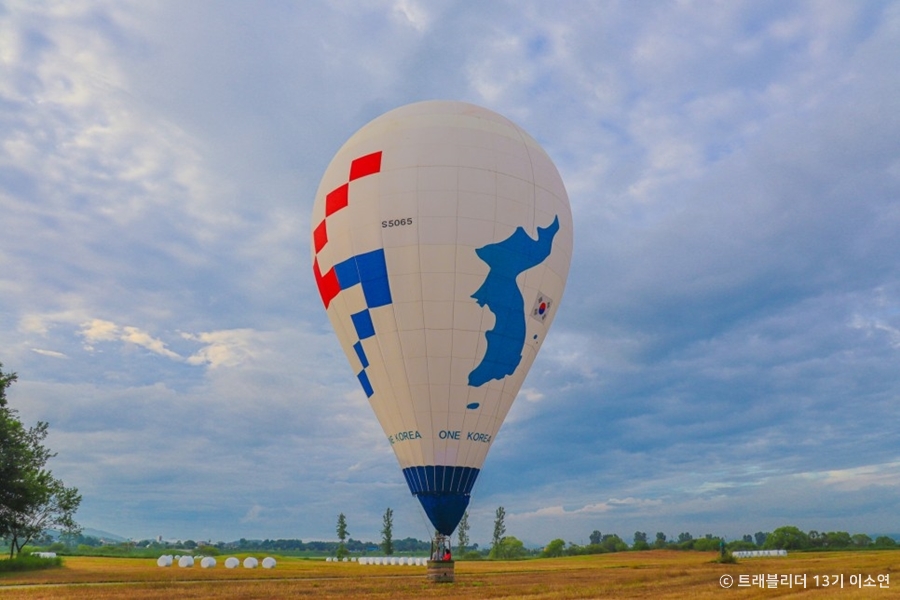
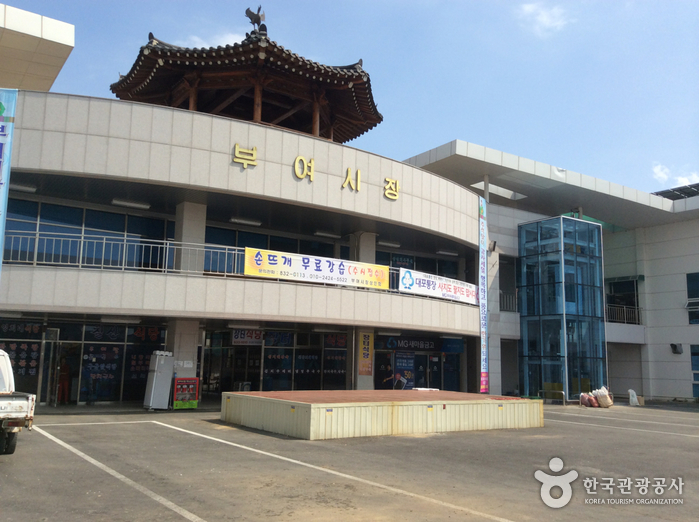

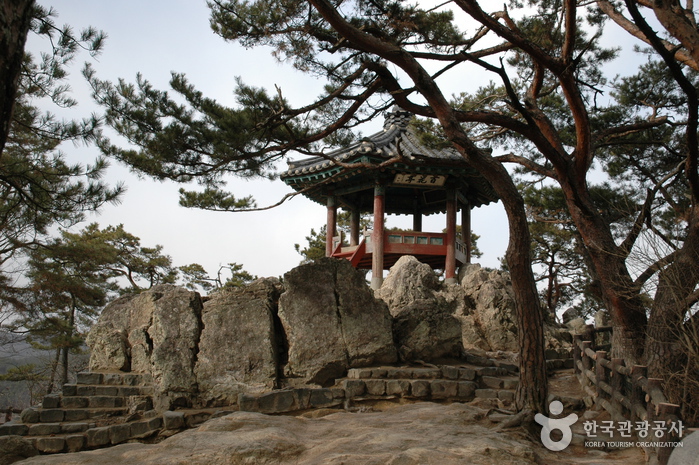
![Archaeological Site in Gwanbuk-ri and Busosanseong Fortress [UNESCO World Heritage] (관북리유적과 부소산성 [유네스코 세계유산])](http://tong.visitkorea.or.kr/cms/resource/33/2366333_image2_1.jpg)
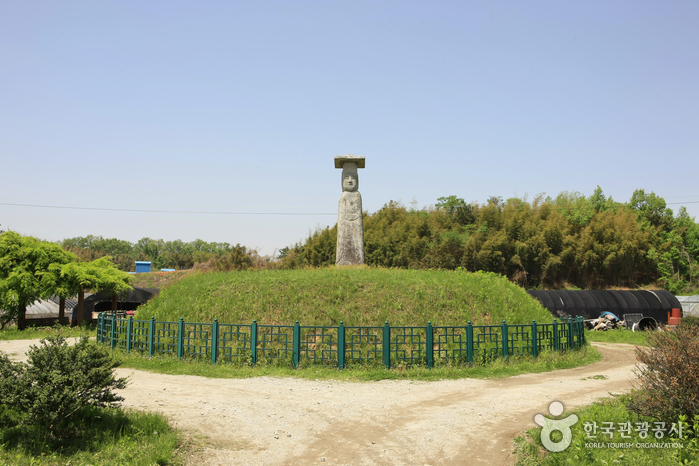
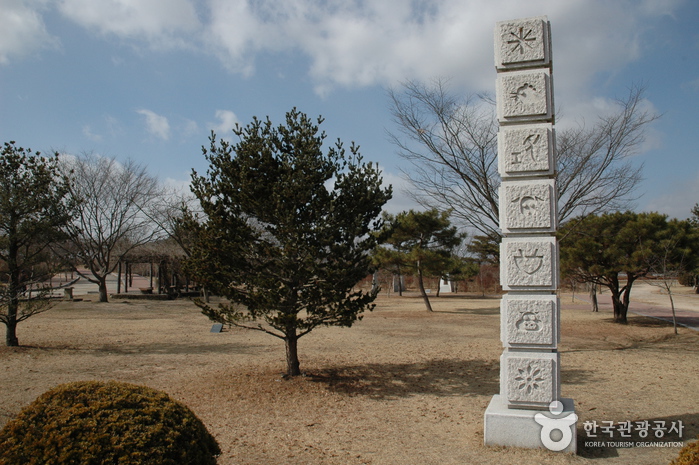
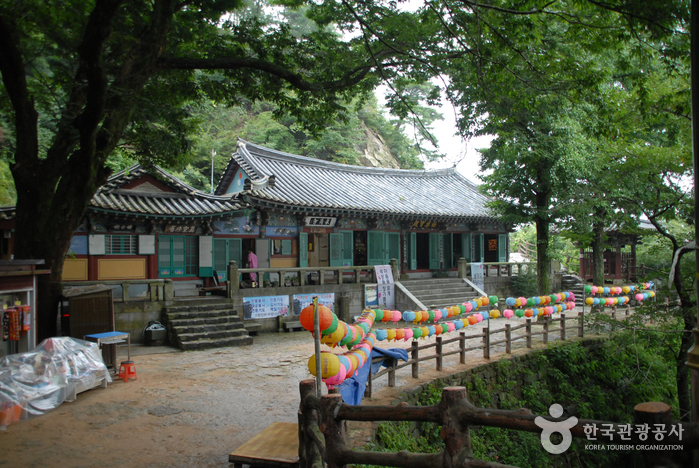
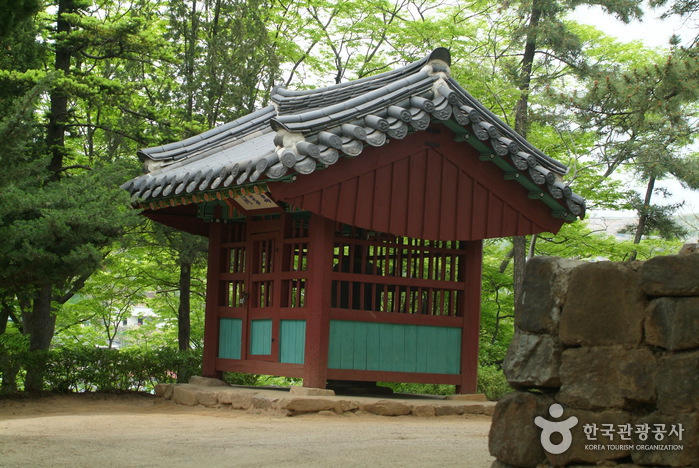
 English
English
 한국어
한국어 日本語
日本語 中文(简体)
中文(简体) Deutsch
Deutsch Français
Français Español
Español Русский
Русский